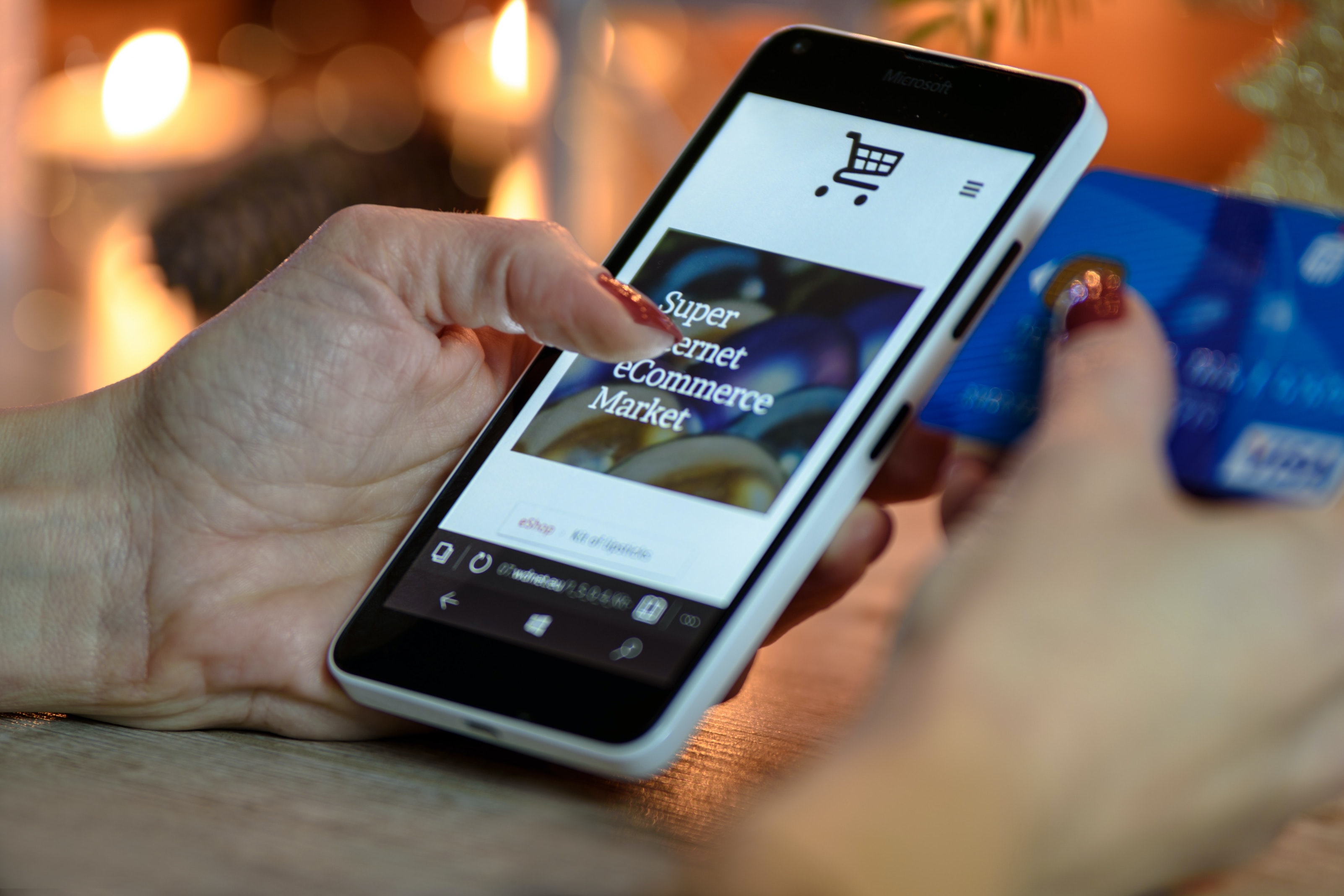Guide to Increasing Customer Referrals
When your customers love doing business with you, they’re more likely to tell their friends, family, peers, business contacts and even neighbours...
3 min read
Markezing Team : Apr 11, 2023 10:15:00 AM

Customer segmentation is a powerful technique that can help you understand and satisfy the needs of your e-commerce customers better. By dividing your customers into groups based on common characteristics and variables, such as age, gender, interests, shopping behavior, etc., you can tailor your marketing efforts accordingly and maximize your return on investment (ROI).
The first step to segment your e-commerce customers effectively is to gather and analyze data from various sources, such as website analytics, customer feedback, surveys, and social media analytics. You need to collect both quantitative and qualitative data to gain a comprehensive understanding of your customers. Some examples of data points that you can collect are:
After you have gathered and analyzed customer data, the next step is to identify customer segments based on the criteria that align with your business objectives.
Keep in mind that customers can belong to multiple segments and that you need to tailor your messaging and offers based on the combination of these segments.
To make the most of your customer data, it’s important to connect it with other platforms, such as Facebook ads, Google ads, and email marketing platforms. This way, you can create targeted campaigns and reach specific customer segments across different channels. One way to achieve this connection is by using an e-commerce platform like Shopify, which offers integrations with various marketing platforms.
For example, with Shopify, you can connect your customer data with Facebook and Google ads to create targeted ad campaigns that reach specific customer segments. You can also connect your customer data with email marketing platforms like HHubSpot, Mailchimp or Klaviyo to send targeted emails based on customer behavior and preferences.
To achieve these connections, you will need to set up the appropriate apps or tools within your e-commerce platform. For example, to connect with Facebook and Google ads, you can use Shopify’s built-in Facebook Marketing and Google Shopping apps. To connect with email marketing platforms, you can use Shopify’s built-in email marketing tools or third-party apps.
Once you have identified customer segments and connected your data with other platforms, it’s time to customize your marketing efforts accordingly. This involves creating messaging and offers that resonate with specific customer segments.
For example, if you have identified a customer segment that consists of bargain hunters, you can create special promotions and discounts to appeal to their price sensitivity. If you have identified a customer segment that values sustainability and ethical sourcing, you can highlight your business’s commitment to these values in your messaging and promotions.
It’s also important to use the appropriate channels and tactics to reach each customer segment. For example, if you have identified a customer segment that spends a lot of time on Instagram, you can create Instagram-specific content and run ads on the platform to reach that segment.
The final step of customer segmentation is to evaluate your results and improve your campaigns based on what you learn. This involves using analytics tools to monitor the performance of your campaigns across different channels and customer segments. Some of the metrics that you can track are click-through rates, conversion rates, revenue generated, customer satisfaction, and customer retention. You can also use A/B testing to test different messaging and offers to see what works best with each customer segment and optimize your campaigns accordingly.
By continuously evaluating and improving your marketing efforts based on customer segmentation, you can increase your ROI over time and build a more loyal customer base. Customer segmentation allows you to deliver personalized and relevant experiences to your customers, which can boost their engagement and loyalty with your brand.
Customer segmentation is a great way to get to know your e-commerce customers better and meet their unique needs. By grouping your customers based on things they have in common, such as age, gender, interests, shopping behavior, etc., you can create marketing campaigns that speak to them and make them want to buy from you.
If you're interested in learning more customer segmentation, feel free to schedule a call to discuss how it can benefit your business.
%20(1).png)
When your customers love doing business with you, they’re more likely to tell their friends, family, peers, business contacts and even neighbours...
%20(1).png)
Businesses are increasingly moving online to expand their reach and provide the best possible experience to their customers. Being online, however,...

If you're looking to improve your online presence and drive sales, marketing automation is a must-have tool. By automating repetitive tasks and...